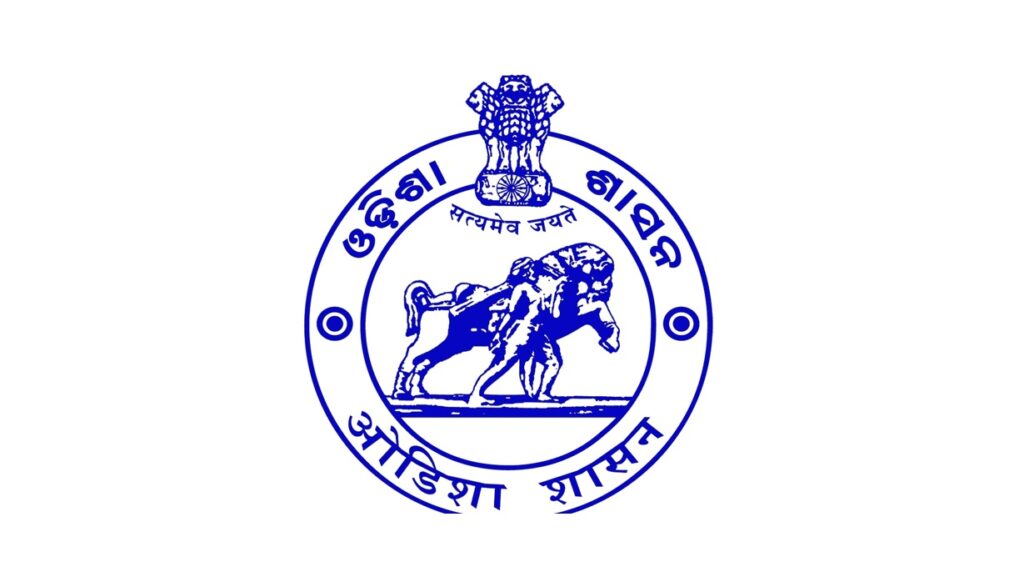Bhubaneswar: Facing rising human-elephant conflict, the Odisha government has initiated a stratification exercise to classify forest beats by habitat quality. The move aims to strengthen targeted conservation and improve elephant habitat management.
Part of Comprehensive Action Plan
The initiative falls under the Forest, Environment and Climate Change Department’s Comprehensive Action Plan (CAP), prepared in 2022. The plan focuses on mitigating conflict and promoting coexistence.
Beats will be assessed and categorized as good, medium, or poor elephant habitats. The classification will depend on forage, water, cover, and disturbances.
Chief Conservator of Forests (Wildlife) Manoj V Nair said beats with intact habitats will also be identified. Parameters will include elephant numbers, crop depredation volume, and human deaths in conflict zones.
Targeted Interventions and Habitat Improvement
Nair stated that categorisation will help design focused interventions and optimise manpower deployment in habitat management.
He added that several measures are already underway to improve habitats. These include fodder and fruit-bearing plantations, mining area restoration, and bamboo seedball activities in elephant-bearing divisions to boost food availability.
Five-Year Weed Eradication Plan
Alongside these steps, the state is preparing a five-year action plan for weed eradication in identified areas. Persistent weed removal, combined with planting grasses, herbs, shrubs, and fodder trees, is seen as essential to improve habitats.
Addressing Conflict Hotspots
The move is significant given recurring conflicts in forest fringe areas, especially in the Angul circle. In recent years, several human deaths and retaliatory elephant killings have been reported due to habitat degradation.
Officials highlighted that escalating conflict stems from loss and deterioration of critical habitats. Mining activity, infrastructure development, and biotic pressure from forest-dependent communities are the key drivers.



























